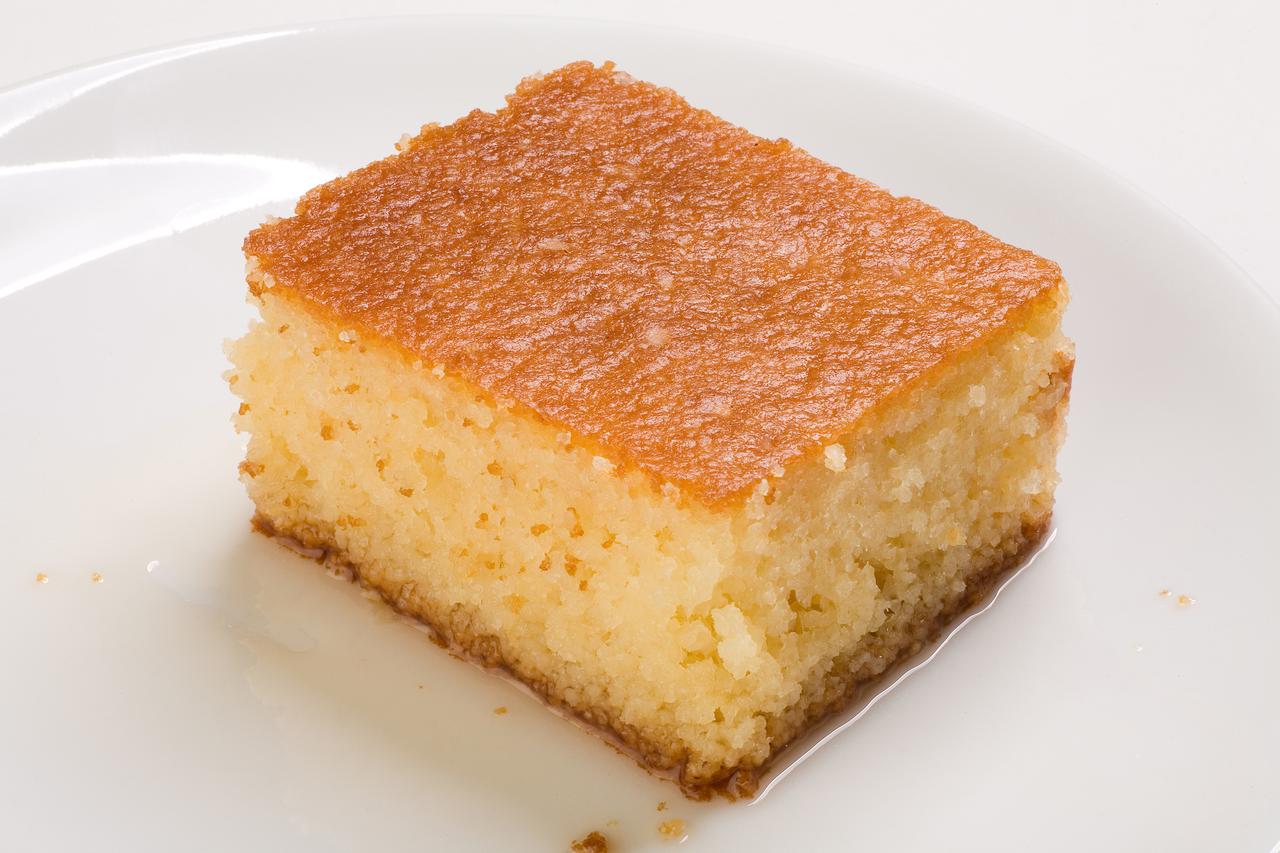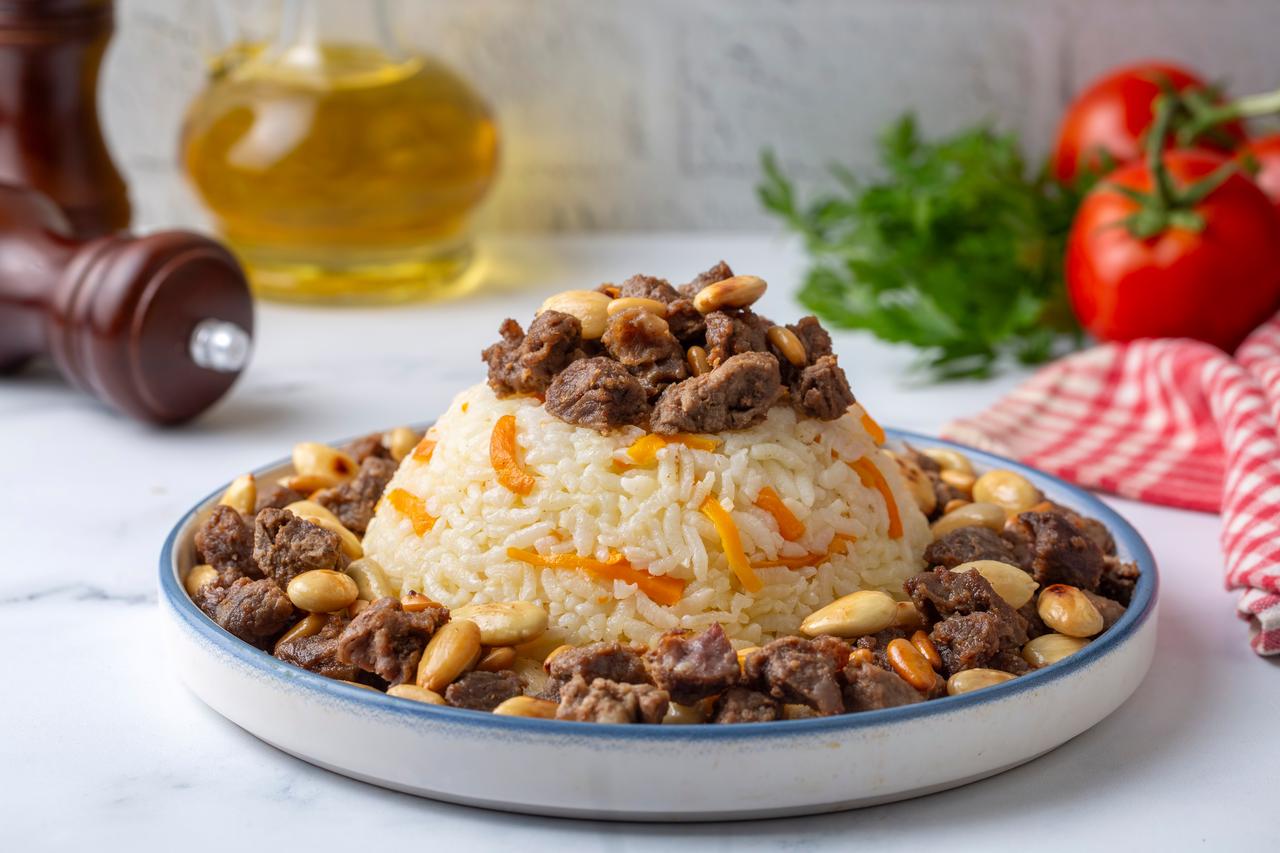
Step back in time to the bustling kitchens of the Ottoman Empire, where fragrant spices mingled with tender lamb and freshly baked breads to create a culinary tapestry unlike any other. What did Turks savor and sip 150 years ago? Discover the rich flavors, timeless recipes and secret ingredients that defined an era of exquisite taste and tradition.
Ottoman cuisine of the 19th century was characterized by a strong emphasis on meat 'especially lamb, mutton and goat' alongside dairy products like butter, yogurt and a variety of cheeses such as kasar and tulum. Clarified butter was the preferred cooking fat in palace kitchens, while olive oil was used primarily for stuffed vegetables and certain vegetable dishes.
Staple foods included wheat-based breads and pastries such as borek, rice pilafs and a wide range of vegetable dishes often prepared as dolma (stuffed vegetables) or sarma (stuffed grape leaves). Fruits, nuts and spices like cinnamon, clove, saffron, cumin and black pepper were commonly used to add complexity and aroma to dishes. Plum and quince were frequently incorporated into meat dishes, lending a subtle sweetness.

Sweets and desserts held a special place, with popular treats including baklava, revani, helva, asure and gullac. Sherbets made from fruits and herbs such as rose, mint and sour grape were customary refreshing beverages, believed to have healing properties. Boza, a fermented drink made from grains, was also widely consumed, especially in colder months.

One exemplary dish from the period is Acem Pilav (Persian Pilaf), featured in Melceü't-Tabbâhîn, the first Ottoman printed cookbook from 1844. This pilaf combines rice with tender lamb or beef, nuts like almonds or pine nuts, currants, and fragrant spices such as cinnamon and allspice. The dish balances savory and sweet flavors, showcasing the Ottoman palate’s love for rich, aromatic meals and their cultural ties to Persian culinary traditions.

Acem Pilav was often served at palace banquets and special occasions, reflecting the elegance and complexity of Ottoman cuisine.
The tastes and aromas of Turkish cuisine from 150 years ago are far more than just recipes they are stories, traditions and a vibrant heritage passed down through generations. Exploring these historic flavors invites us to savor the past while celebrating the rich culinary tapestry that continues to shape Turkey’s food culture today. So whether it’s a pilaf or a sweet sherbet, every bite is a delicious link to a remarkable history waiting to be rediscovered.